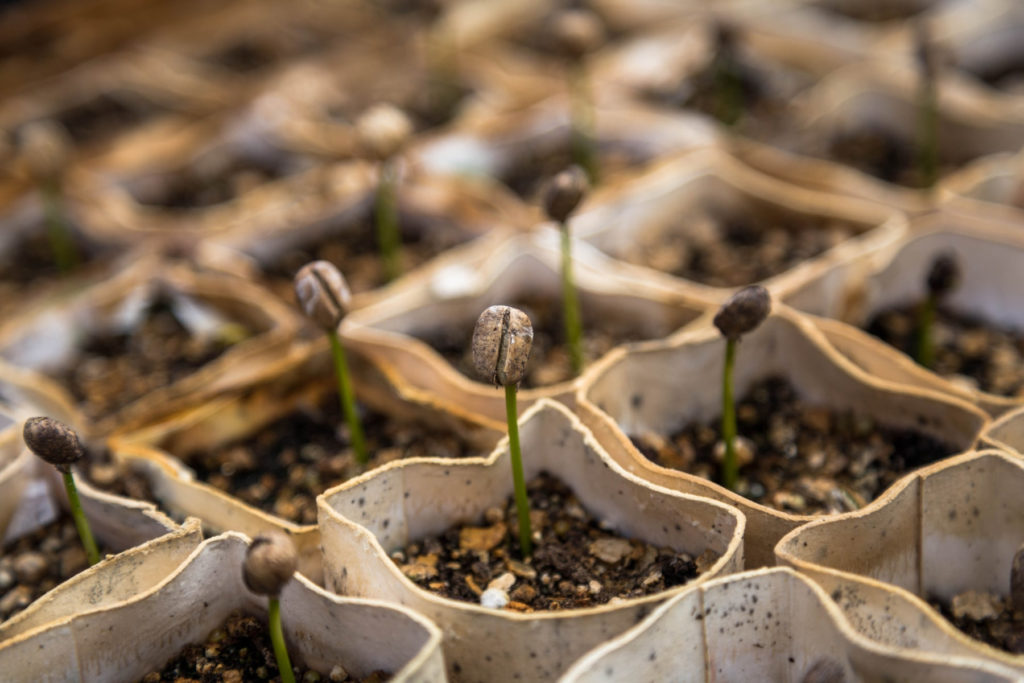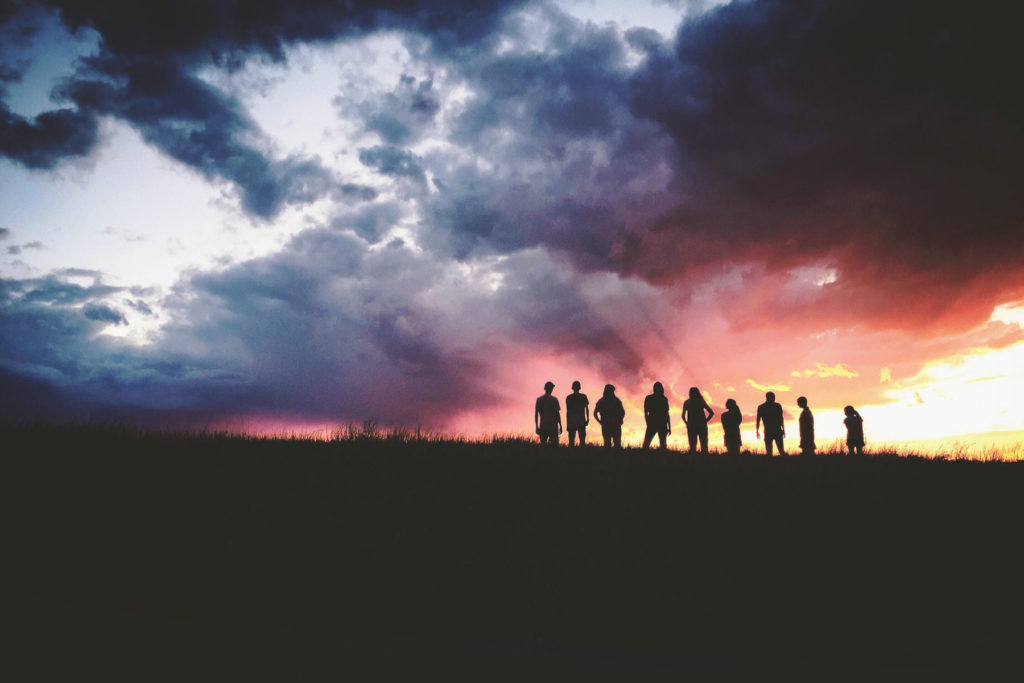A Philosophy for Teaching and Learning the Lessons of Life
So much is spoken in higher education, but how much of it speaks to life and how much has deadened life? To affirm life, we need to be in the world fully engaged and we need to feel connected to each other. Through whatever common interests we share about the world, we learn to relate to the world in mutual and reciprocal ways. Together, through the exchange of teaching and learning, student and teacher emerge out into the world with a greater sense of security to be ourselves, as we contribute to society, to nature, and to life in general.
In my last post, I mentioned the difficulty I had in finding a job title after graduating. I’m currently satisfied with the title “environmental scholar and educator”, but it took me a while to give myself the permission to use “educator” because I’m not formally teaching at an institution. Concurrently, I was uneasy over what I should call A Flourishing Commons. While it’s a registered business, it certainly doesn’t yet function financially or employment-wise as a business, company, or organization. For a time, I called it a social enterprise, to appropriately represent it as a socially oriented endeavour, but the label “enterprise” often gets associated with large corporations—too misleading for this one-person project.
But after a job interview, I gained clarity about what I wanted to do and what I was already doing here: I was creating opportunities for people to see and engage socially with the world in a different way. I then revised my business’ mission statement on the front page: A Flourishing Commons as a place to learn to how to be human—to feel more deeply, to think more profoundly, and to live more open-heartedly. If A Flourishing Commons is a learning place, that makes me a teacher. My tools for teaching are our inner and outer environments. So rightfully, I could call myself an environmental educator.
In the last year of my PhD, being on the fence about getting an academic job, I prepared a “just in case” teaching philosophy statement using intuitive freewriting. I ended up using the statement in a job application earlier this year almost word for word. I’m not sure whether the statement was more emotive and introspective than the average academic job statement, but it definitely fits with the style and vision of A Flourishing Commons. So now, it has become my teaching philosophy for my website.
A Flourishing Commons’ Teaching Philosophy
Universities may separate education into disciplines and departments, but I’ve come to learn that we, as human beings, are always students of life, whether we are taking on the role and title of “student” or “teacher.” One of the biggest lessons in life that I have been “involuntarily” enrolled in, just by being alive, is the learning of how to relate with people. A major component of this continuous life lesson is the mastering of being my own true self within the pressures of collectivity in order to contribute as my own best self for the collective.
I want to believe that we, human beings, are all of an equal essence—of magnificence and potentiality. This belief is necessary as a flourishing individual and an inspirational teacher. How else can I be my best self otherwise? And how else could I see the potential in others? But if everyone is equal, what then becomes the role of the educator who teaches other people?
My research on how poignant landscapes can influence an ethics of flourishing in landscape architecture has helped me form a philosophy. At the start of my studies, I believed that my research would result in some sort of guidebook that could instruct landscape architects on how to design poignant landscapes, or at least explain to them how poignant landscapes could help landscape architecture. But at the end, I learned that what is considered poignant is dependent on each person’s view of the world. If I see the world as poignant, I can invite others into this way of seeing, but people have the choice to take this path or not. Accordingly, I cannot determine what constitutes good landscape architecture for the entire profession. I can only open up a new potentiality for seeing landscape architecture in more meaningful ways.
To translate this understanding into education, I turn to the metaphor of cultivating soil. As an educator, I am not responsible for disseminating a particular kind of knowledge, for that would be like growing a monoculture, which we know is not environmentally healthy. Because everyone is equally unique and has the potential to bloom in the greatest of ways, as an educator, I nurture the soil for them to grow. What comes out of this metaphorical garden, whether this is the future of a profession or the future of society, is the collective result of each student’s self-flourishing.

Just as each student holds their own seed of potentiality, it makes sense to me that each teacher teaches what is most aligned to their unique gift in the world. Otherwise, we could just use robots to deliver course material, over and over again. So, I ask myself, what is unique to me? For me, the value of learning is less so about the information detained in the mind but more about how experiences have changed me.
As a student that “grew” out of studio-based learning (in architecture and landscape architecture) my foundation to higher-education has been experiential. Despite remembering how my undergraduate classmates had dubbed the conditions of architecture school as “archi-torture,” my fondest memories of university education are the ones that stressed me out the most at the time: the time-limited charrette exercises which professors had warned as having high-failure rates (although I passed them all). The reason I so appreciated this experience was because we were engaged with what we were doing, allowed to be creative, and put into a position to believe in ourselves even for only several hours.
Information-based courses, the kind that I was exposed to when I returned to graduate school as a student and teaching assistant (in the liberal arts) was foreign to me. When I looked into the eyes of my peers and students, I was reminded of eco-philosopher David Abram’s assertion in his book The Spell of the Sensuous (1997) that language could either “speak to the world” or “deaden that life” we have been given. So much is spoken in higher education, but how much of it speaks to life and how much has deadened life? Because of this contrast between my experiences in educational systems, I understand the potentialities of how life-affirming education can be. I want to see the twinkle in people’s eyes!
To affirm life, we need to be in the world fully engaged and we need to feel connected to each other. While my research explored human belongingness, particularly, the sense of belonging that can be felt in landscape experiences, learning to relate with people as a social being is also about learning to belong despite social narratives that say otherwise. Therefore, I believe that the essence of being a teacher is to learn belongingness and to showcase this life lesson to students.
Together, student and teacher, through whatever common interests we share about the world, learn to relate to the world in mutual and reciprocal ways. Together, through the exchange of teaching and learning, student and teacher emerge out into the world with a greater sense of security to be ourselves, as we contribute to society, to nature, and to life in general.
At the core of my interests is a commitment to hold space for the world’s beauty and pain as a process of collective healing. My teaching medium is our personal relationships with landscapes found in various forms: archetypal, experiential, intellectual, emotional, and spiritual. This relationship transcends the boundaries of disciplines and departments.
So, despite any apprehension, apathy, or confusion people may have about what social role they must take on, I believe that those committed as students of life will be inspired to join me in this endeavour.
